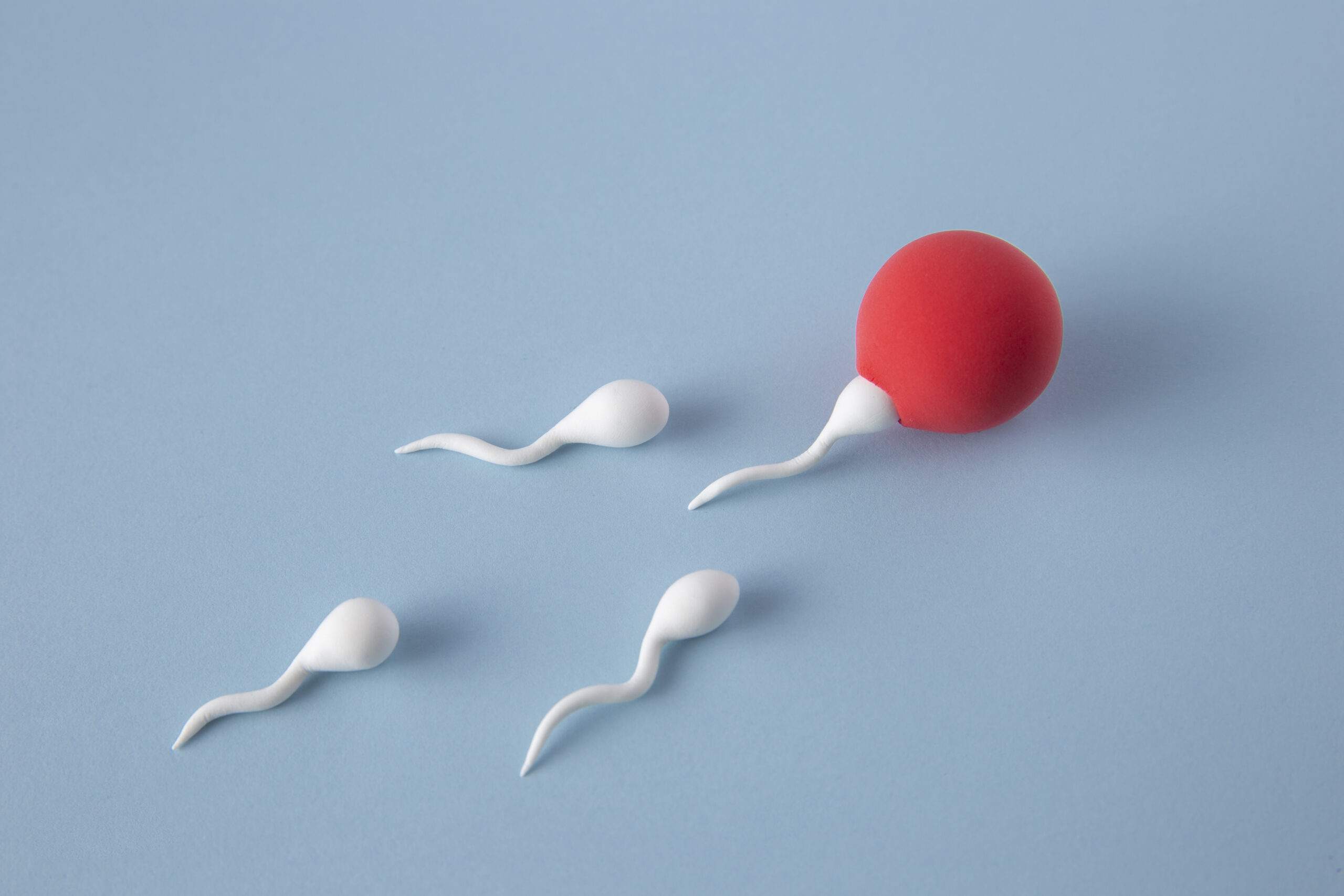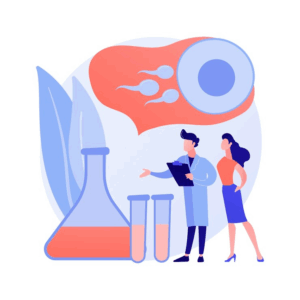
Is Prolistem Effective for Azoospermia? A Complete Fertility Guide
Introduction Is Prolistem effective for azoospermia? This question is vital for many men struggling with infertility due to azoospermia — a condition characterized by the

Treatment for low count sperm. A low sperm count can be a challenging condition for men trying to conceive, but there are several ways to treat and improve sperm production. In this article, we’ll explore natural methods, lifestyle changes, medical treatments, and fertility options to help you treat low sperm count and enhance fertility.
One of the most effective ways to treat low sperm count is by improving your diet. A nutrient-rich diet can support sperm health and production. Include the following foods in your daily meals:
Moderate exercise can increase testosterone levels, improve sperm production, and help you maintain a healthy weight. Activities like swimming, cycling, and walking are great options. However, avoid excessive exercise, as it can lower sperm count due to increased stress on the body.
Being overweight or obese can lower testosterone levels and reduce sperm count. Losing excess weight through a balanced diet and regular exercise can help improve sperm production. Aim for a healthy BMI to support fertility.
Smoking and excessive alcohol consumption can damage sperm and reduce sperm count. Quitting smoking and limiting alcohol can significantly improve sperm health and increase fertility. Studies have shown that men who quit smoking often see improvements in sperm count and motility.
Chronic stress can negatively impact sperm production by increasing cortisol levels, which can lower testosterone. Finding ways to reduce stress is essential. Try relaxation techniques like yoga, meditation, or deep breathing exercises to reduce stress levels.
Adequate sleep is crucial for maintaining healthy testosterone levels. Aim for 7-9 hours of quality sleep each night to support sperm production and overall fertility. Poor sleep can lead to hormonal imbalances that may affect sperm count, making it an important part of treatment for low sperm count
Certain supplements may help boost sperm count and quality. These include:
Low sperm count can sometimes be caused by underlying health conditions like infections, varicocele (enlarged veins in the scrotum), or hormonal imbalances. It’s essential to seek medical advice to identify and treat any underlying issues. In some cases, surgery or medical treatment may be needed to correct these conditions.
If lifestyle changes and medical treatments don’t improve sperm count, assisted reproductive technologies (ART) like in vitro fertilization (IVF) or intracytoplasmic sperm injection (ICSI) can help. These procedures bypass sperm count issues by directly injecting sperm into the egg or using sperm from a donor.

Introduction Is Prolistem effective for azoospermia? This question is vital for many men struggling with infertility due to azoospermia — a condition characterized by the

Prolistem for non-obstructive azoospermia is gaining attention in the world of male fertility treatment. For men diagnosed with NOA—a condition where the body fails to
Prolistem, a patented formula, has not been evaluated by the Food and Drug Administration. This product is not intended to diagnose, treat, cure, or prevent any disease.
PROLISTEM® is a Patented Formula
Copyright © 2025 Prolistem®